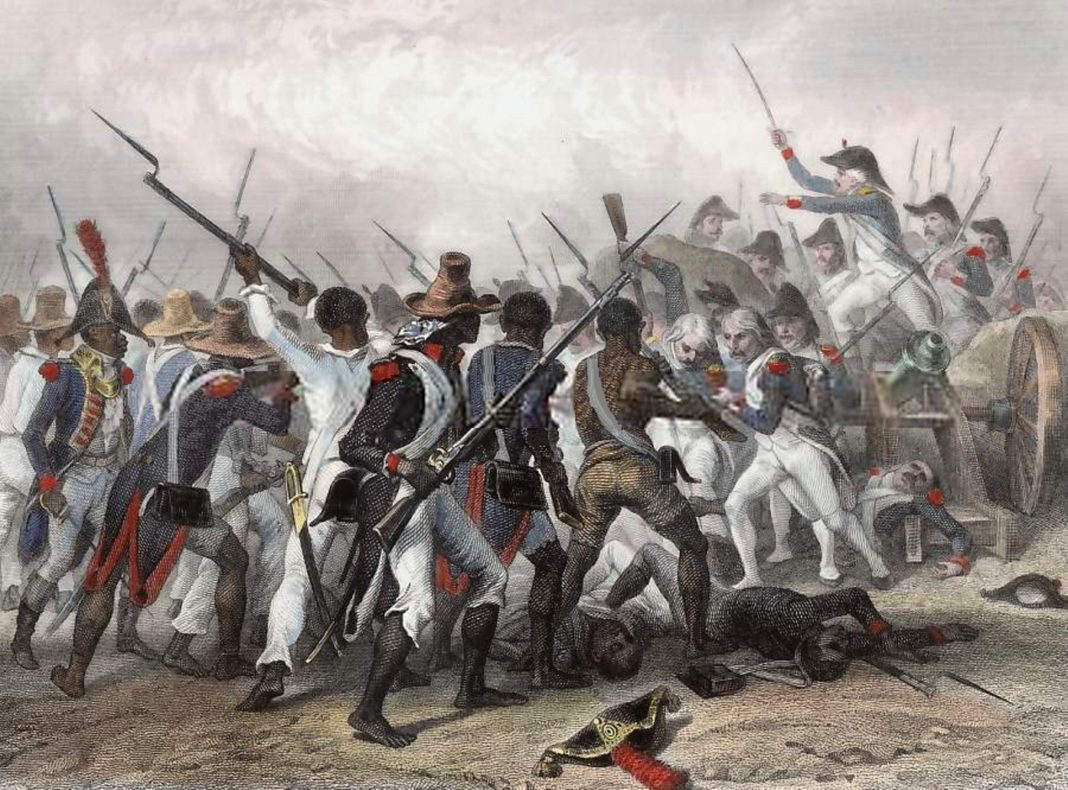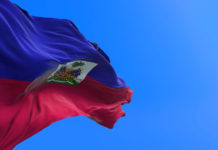This article explores the history of Haiti that brought us to the present status.
The assassination of Haiti’s President Jovenel Moïse this week is only the latest drama to erupt from a nation built through tales of injustice and tragedy. For the last yea,r the country has been without a parliament as Moïse ruled by decree. Gang violence has filled the streets of Haiti over the previous six months, filling a vacuum left by Haiti’s gridlocked politics. Even while Moïse’s corpse was transported by ambulance to the morgue on Wednesday, the driver had to take an unplanned detour to avoid dangerous gunfire from gangs in the streets of the capital city Port-au-Prince.
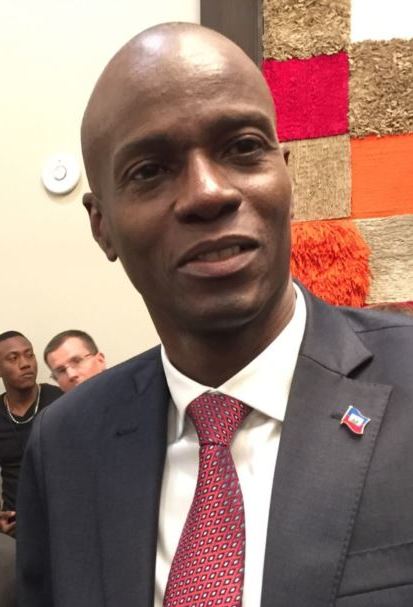
The dysfunction of Haiti all too often fits a narrative in the media that describes cycles of poverty, corruption, and violence unique to the country. It is an easy narrative to believe, but that narrative does not hold up under examination of the facts of Haiti’s history. The history of Haiti is a deeper story of foreign extortion and pillaging, and international manipulations that have guaranteed Haiti’s present disruptions. Haiti is impoverished, corrupt, and violent by design.
The Age of Discovery – History of Haiti
A few months after Christopher Columbus’s landing in the New World in 1492, the Spanish explorer touched down on the island he would name Hispaniola – modern-day Haiti. Joining Columbus on his fateful steps onto the shore of Haiti were European diseases and the slave trade. Estimates suggest as many as 1 million natives lived in Haiti when Columbus arrived. Less than two decades later, that population was reduced to fewer than 50,000. In the seventeenth century, when the French took the island from the Spanish, no members of the original indigenous population remained. They had either died of disease or were shipped off as slaves. To compensate for the massive population depletion, the French imported African slaves. Haiti became a centerpiece of the African slave trade in the Caribbean.
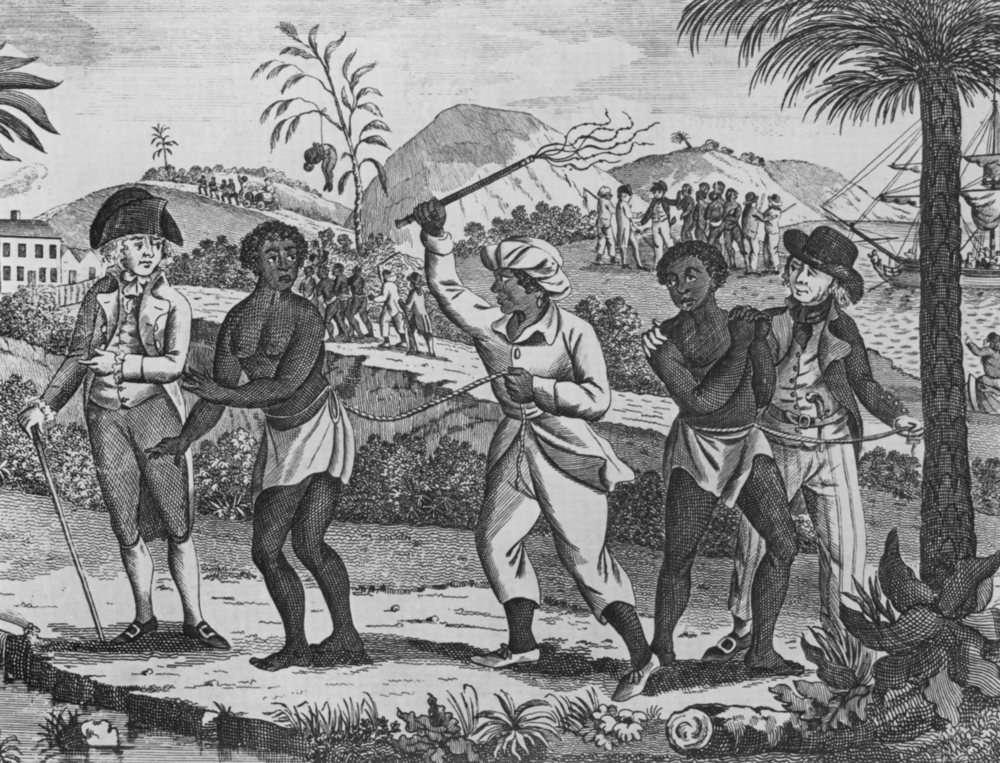
Saint-Domingue, the name the French gave to Haiti, became the most valuable of France’s colonial assets and a key port in the slave trade. Saint- Domingue generated more revenue than all thirteen of Britain’s North American colonies, supplying three-fourths of the world’s sugar and two-thirds of Europe’s tropical produce. During the period of the American Revolution, an average of 29,000 slaves a year were imported to Saint-Domingue by the French. It was home to nearly half of all the slaves held in the Caribbean colonies. France managed this prosperous channel of trade and human misery with unparalleled brutality. Some historians suggest Saint- Domingue was the most brutal slave colony in human history. One-third of new slave arrivals to Saint-Domingue died within their first few years of reaching the colony; abuse and yellow fever were the primary killers. On average, every twenty years, the entire slave population of Haiti needed recycling with newly imported human stock.
In 1791, three years after the US constitution was ratified, a slave revolt erupted in Saint-Domingue. The fighting continued for the next thirteen years, draining France’s military and strategic resources under the leadership of Napoleon. Napoleon deployed his largest expeditionary force to defeat the slave rebellion in Saint-Domingue. His own brother-in-law died leading the French troops in the fighting against the rebel slaves.
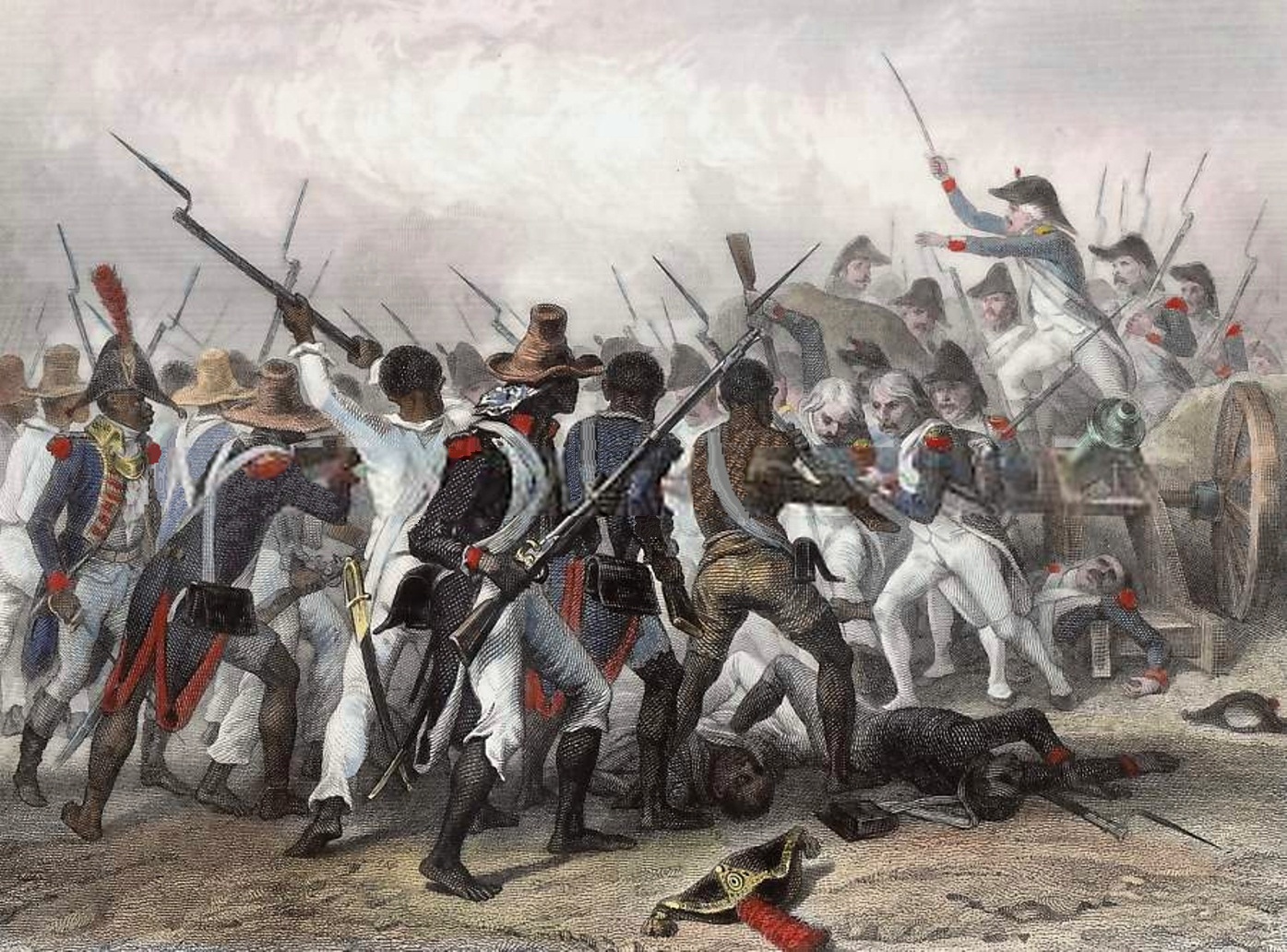
The First “Black Republic” – History of Haiti
France’s sale of the Louisiana Purchase to Thomas Jefferson and the United States in 1803 was an effort by Napoleon and the French to cut their losses and run from the calamity encountered in Haiti through the slave revolt. The following year Haiti declared its independence, becoming the second republic in the western hemisphere, after the United States. They were also the first self-proclaimed black led republic in the world. Although the French had been defeated in Haiti, the island nation faced a new problem after independence – dealing with the rest of the world. Appalled by the thought of a republic led by former slaves, most of Europe and the United States refused to recognize Haiti.
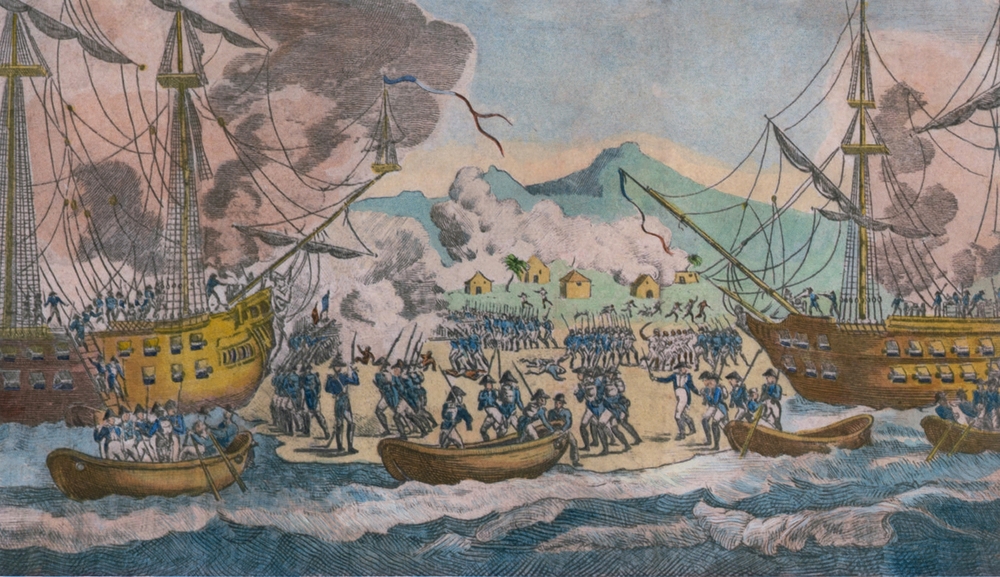
Haiti, only 700 miles from the US coastline, declared itself a haven for runaway slaves. The only non-colonized neighbor for Haiti was the United States, which was dividing itself between slave and free states during this period. The US refused to recognize Haiti until 1862 when the US was fighting its civil war.
Reparations – History of Haiti
Haiti faced economic ruin in the absence of international recognition. Nearly twenty years after independence, the French threatened to once again re-invade Haiti and re-enslave the entire population – even though France had already banned slavery. The leaders of Haiti, impoverished and without allies or military aid, were given an ultimatum by the French King Charles X in 1825. They could either be enslaved to the French or pay massive restitution to the French. Haiti opted for massive restitution. Ironically, the indemnity paid by Haiti to the French was for the losses France suffered in the slave revolt and after the slave revolt as a result of losing the slave economy in Haiti. The former slaves were paying the French for the damages their freedom inflicted upon the Europeans.

Most historians view the restitution imposed by the French upon Haiti as devastating the young nation’s economy. Its economic impact continued to be felt even after World War II. One Haitian anthropologist noted that the debts and financial obligations were impossible to satisfy fully.
US Interests – History of Haiti
For the next 90 years, the US looked toward Haiti as both a temptation and a threat south of the border in Florida. President Andrew Johnson wanted to annex Haiti. In the 1880s, a US Secretary of State attempted to establish a naval base in Haiti. Thanks to the ongoing debt payments by Haiti to France, the Haitian economy was intricately linked to the French, a concern for American policymakers who desired to keep Europe out of the western hemisphere. This was also a particularly active period of US involvement in Latin America. The US won interests in Cuba and Puerto Rico from Spain in the 1898 Spanish-American War. The Panama Canal opened in 1914.
Poverty and misery in Haiti reached an apex in the opening decades of the 20th century. The economy and government never recovered from the 1825 agreements with France, not to mention continued ostracization from the global community. As a result, the nation of Haiti was a quagmire of dysfunction. Scenes similar to what we see in the island nation today played out all too frequently. By 1908 Haiti was bordering failed state status. Gangs and warlords fought in the streets. Between 1908 and 1915, seven different men proclaimed themselves president of Haiti, most of them were assassinated.
In February 1915, Jean Vilbrun Guillaume seized control of the country, the latest warlord to walk through the revolving door of Haiti’s presidency. In July, Guillaume went too far when he ordered 167 political prisoners executed, including a former president. Angry protesters chased Guillaume into the French embassy where he sought shelter. He was not safe there. The angry mob broke into the embassy, beat Guillaume, then threw him over the embassy fence to the protesters who killed him.
The death of Guillaume was the pretext US President Woodrow Wilson, America’s first president from the south since the civil war, needed for the invasion of Haiti. American warships lurked in Haitian waters since 1914, watching the nation unravel. Now US troops were deployed for the invasion of Haiti. While the US media focused more upon events unfolding with World War I in Europe at that time, the US military was beginning a nearly 20-year occupation of Haiti. The occupation was very unpopular with Haitians and littered with injustices that continued the strange history of the isolated nation.
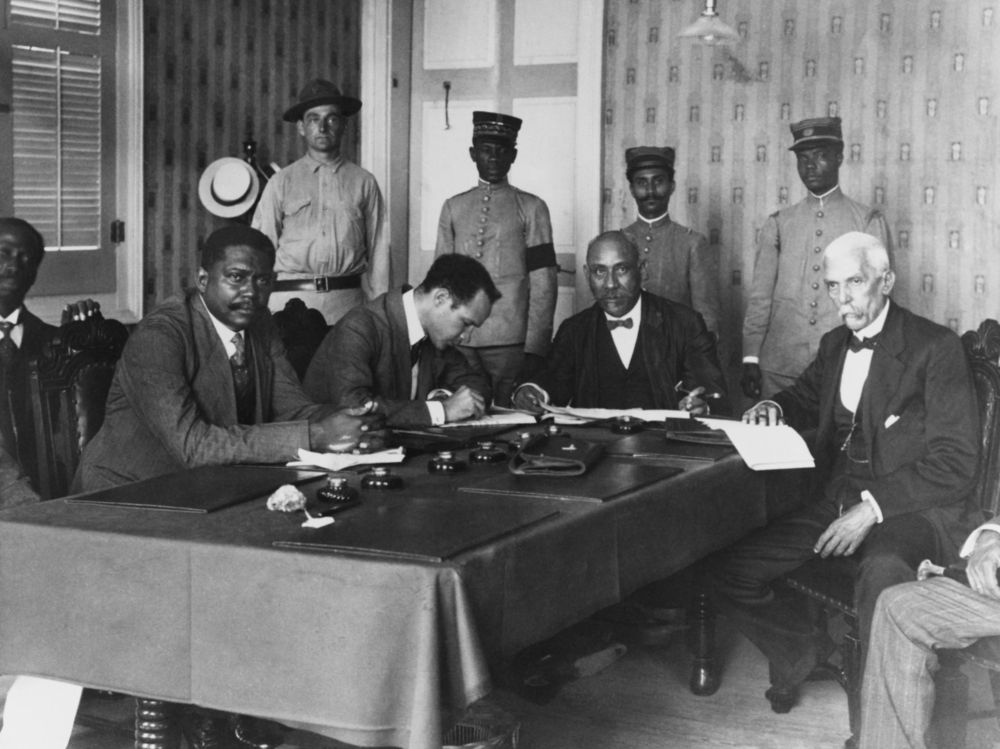
The US authored a new constitution that allowed for foreign land ownership in Haiti. Foreigners had not been allowed to own land in Haiti since the former slaves declared independence in 1804. The nation’s gold reserves were transferred, under Marine guard, to New York City, reportedly to protect the nation’s economy from German influence. When local Haitian lawmakers began drafting their own constitution to counter proposals of the Americans, US troops disbanded the Haitian legislature, which did not meet again until 1929. The US enforced racial segregation in Haiti. Chain gangs were utilized to build roads. Lynching and shootings by US forces against suspected Haitian insurgents became commonplace. More than 15,000 Haitians were killed during the US occupation.
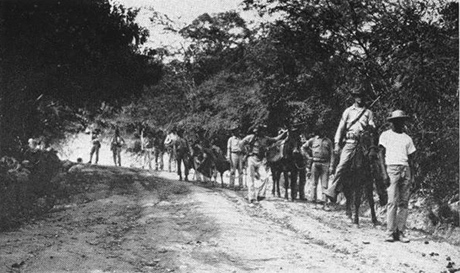
The Haitian-American writer Edwidge Danticat described one memory of his family members who lived through the US occupation:
One of the stories my grandfather’s oldest son, my uncle Joseph, used to tell was of watching a group of young Marines kicking around a man’s decapitated head in an effort to frighten the rebels in their area. There are more stories still. Of the Marines’ boots sounding like Galipot, a fabled three-legged horse, which all children were supposed to fear. Of the black face that the Marines wore to blend in and hide from view. Of the time U.S. Marines assassinated one of the occupation’s most famous fighters, Charlemagne Péralte, and pinned his body to a door, where it was left to rot in the sun for days.
The US withdrew from Haiti in 1934 in the shadow of the Great Depression, but the ongoing impact of foreign influence in the nation persisted. Meanwhile, the image of the first black republic in the western mind took hold. To this day, when Haiti is mentioned in mainstream media, even those perceived as liberal, like the New York Times or the Washington Post, we most often find images of poverty, corruption, and violence. Rarely does the US media consider the origins of these realities in Haiti.
Papa and Baby Doc – History of Haiti
In 1957 Francois “Papa Doc” Duvalier became Haiti’s president. Duvalier ruled as a dictator for life and established what he expected to be a family dynasty in Haiti. Papa Doc maintained his hold on power by turning the majority black population against the elite mulatto population. Papa Doc’s reign institutionalized massive divides by race and economics throughout Haiti.

An infamous secret police force known as Tontons Macoutes terrorized the country on behalf of the Duvaliers to enforce loyalty to the new ruling family for almost three decades. The Tontons Macoutes force was twice as big as Haiti’s national army. (Until the Haitian army was disbanded in 1995, it never faced a foreign enemy. It was only used as a force against Haitians. President Moïse recently reconstituted the Haitian military.)
Papa Doc leveraged cold war tensions and US opposition to Fidel Castro in Cuba to establish support from the world’s most powerful democracy during the 1960s. Like many other places in Latin America, the US found supporting oppressive dictators like Papa Doc strategically beneficial to oppose the spread of communism.
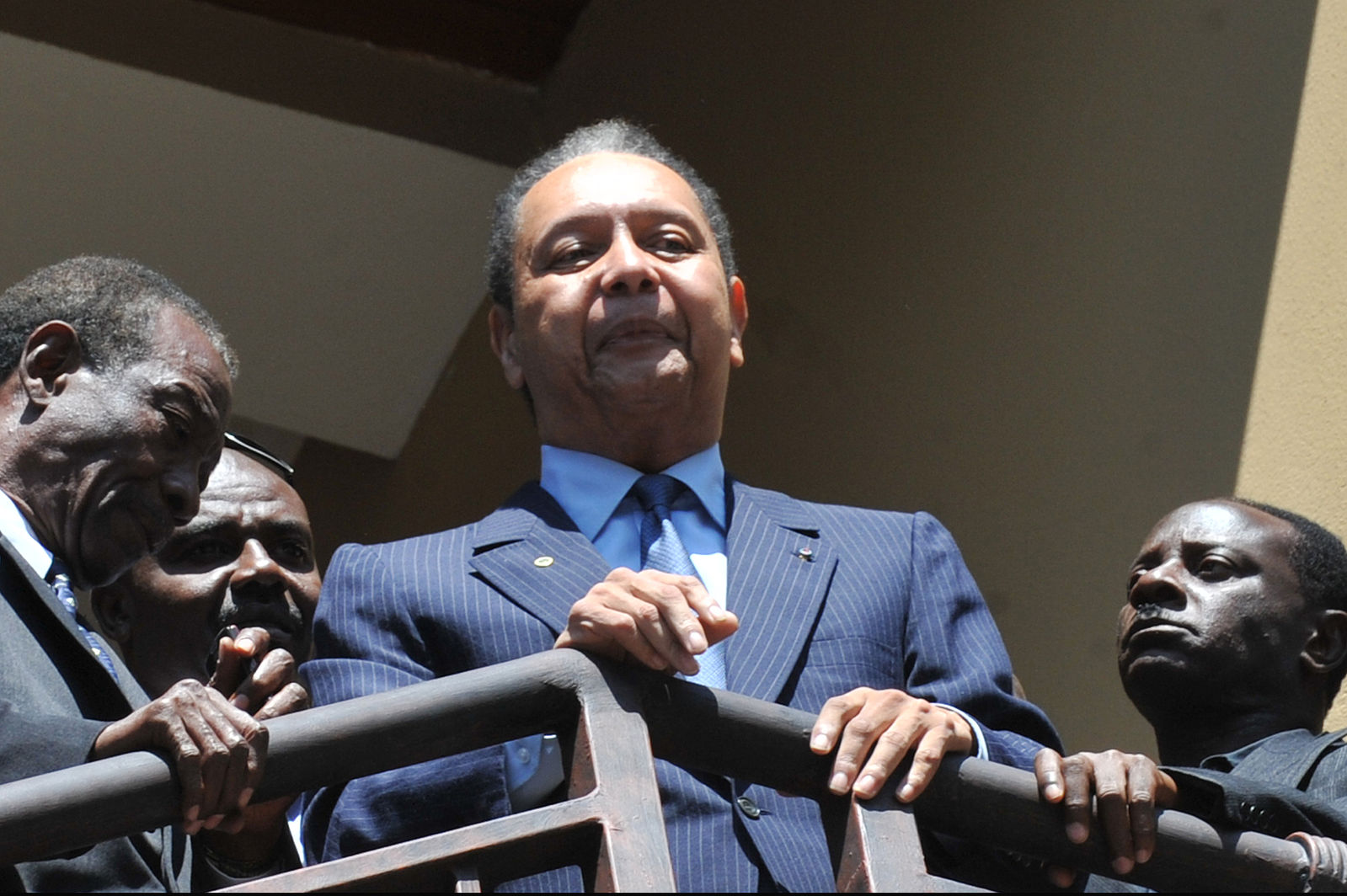
In 1971 Papa Doc’s son Jean Claude “Baby Doc” Duvalier became the world’s youngest president of Haiti at age 19. Baby Doc oversaw a continued decline and instability in Haiti during his rule marked by corruption and human rights abuses. An outbreak of swine flu in 1982 resulted in the US insistence that Haiti eradicate its entire pig population, a devastating blow to poor farmers in the country. Meanwhile, the spread of AIDS hit Haiti particularly hard. One study even suggested that AIDS entered the United States through Haiti.
Democracy, Liberty, and Economic Subjugation
Baby Doc Duvalier fled Haiti in 1986 in the face of popular uprisings. Popular uprisings and military juntas would mark the next five years. In 1991 a former priest and democracy activist Jean Bertrand Aristide was elected president of Haiti. Although he was ousted by yet another military junta seven months later, in 1994, Aristide returned to power with the support of US President Bill Clinton and the US military.
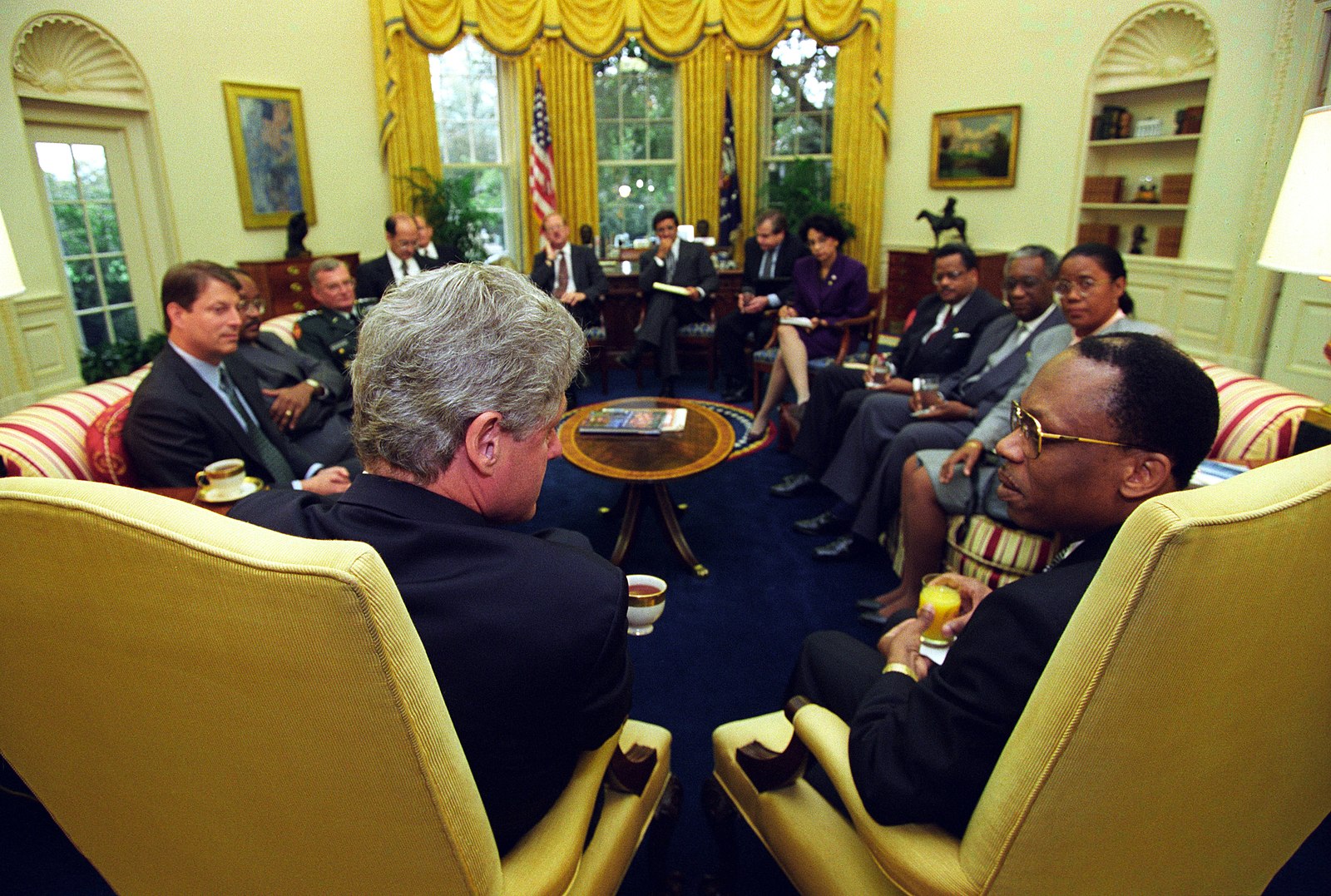
The US invasion of Haiti in 1994 was once again performed under the guise of protecting democracy and human rights. But with the invasion and restoration of Aristide came stipulations. Haiti’s economy was altered so that most of the country’s food now relied on foreign imports. The elite saw their wealth frozen. After 1994 the nation became almost entirely dependent upon foreign aid. In other words, Haiti was now beholden to the mercy of an international community that failed to show mercy to Haiti its nearly 200 years of existence.
Aristide’s good favor with the US did not last long. Many Haitians saw him as a true patriot. He began to cry for repayment of the money the French extorted from Haiti in the 19th century that initially distorted the nation’s development track. He wanted a repayment “with interest!” In 2004 Aristide was overthrown again and forced into exile. Aristide described the event as a coup and the exile as a “kidnapping,” orchestrated by international actors, including the American and French governments.
Devastation – History of Haiti
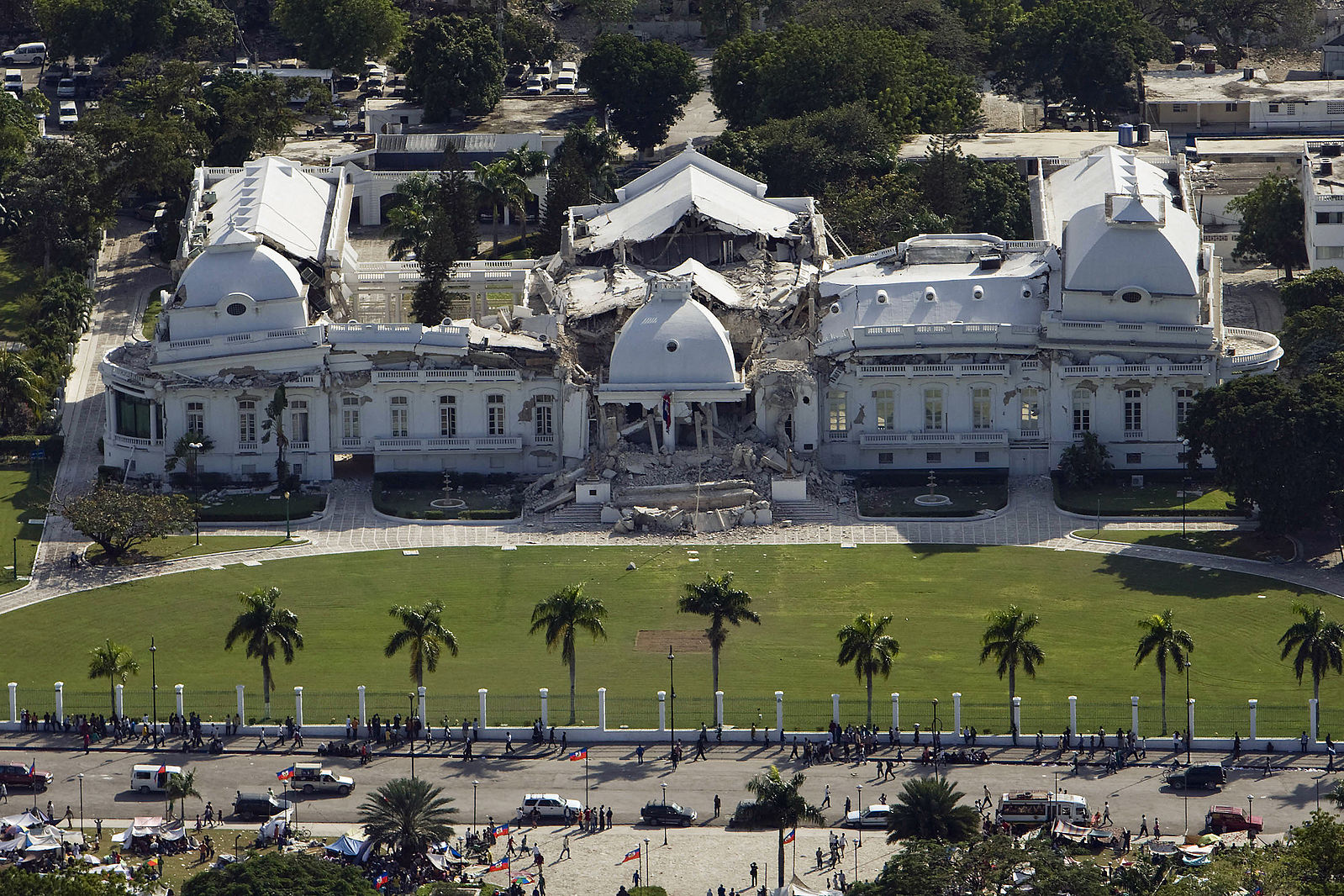
The dysfunction and corruption of the Haitian government continued to 2010 when a massive 7.0 magnitude earthquake struck the nation. The 2010 earthquake devastated Haiti’s infrastructure and opened the door again to the international community. The economic dependence upon internal aid for Haiti established in the 1990s escalated significantly after 2010. Foreign nations could turn Haiti’s politics whichever way they preferred by channeling funding to one political actor or another. The aid industrial complex served as the mechanism to funnel aid to one despot after another. The focus was not upon restoring Haiti but upon building bulwarks in the Caribbean against Venezuela, China, and other perceived threats to American interests. Today much of the damage in Haiti from the 2010 earthquake remains unrepaired. Although more than $9 billion in humanitarian assistance and funding was promised, much of that aid that arrived in Haiti disappeared through mismanagement and widespread corruption.
Additionally, the arrival of international peacekeepers from the United Nations in 2010 set loose a cholera outbreak that killed more than 10,000 Haitians. The UN did not admit responsibility for the outbreak until several years later. A sexual abuse scandal by UN troops against Haitian women and children also left a damaging legacy.
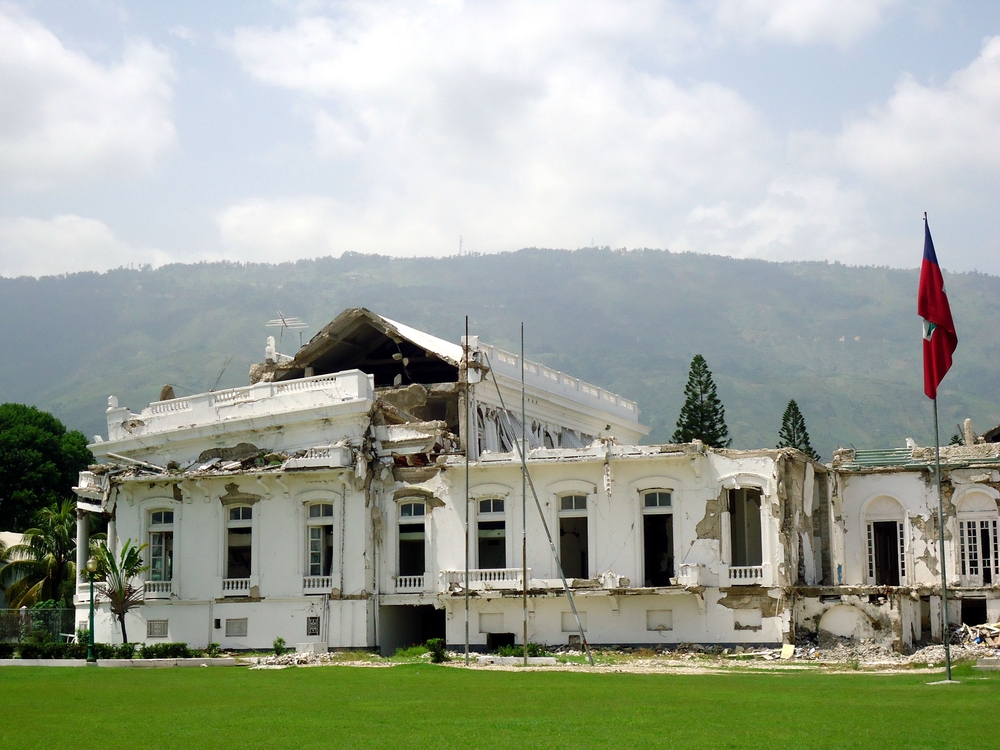
International Benevolence
In the aftermath of President Moïse’s assassination this week, the international community expressed outrage and shock. Representatives of the United Nations said they would meet this week to determine if Haiti could investigate the assassination itself or if Haiti required outside assistance for an international investigation into Moïse’s assassination. US President Biden described the assassination as “tragic.” Even as the US was withdrawing from Afghanistan and the Taliban was swarming across that country where the United State’s twenty-year intervention effort has failed, President Biden spoke regarding events in Haiti, saying the US was ready “to provide any assistance that’s needed.”
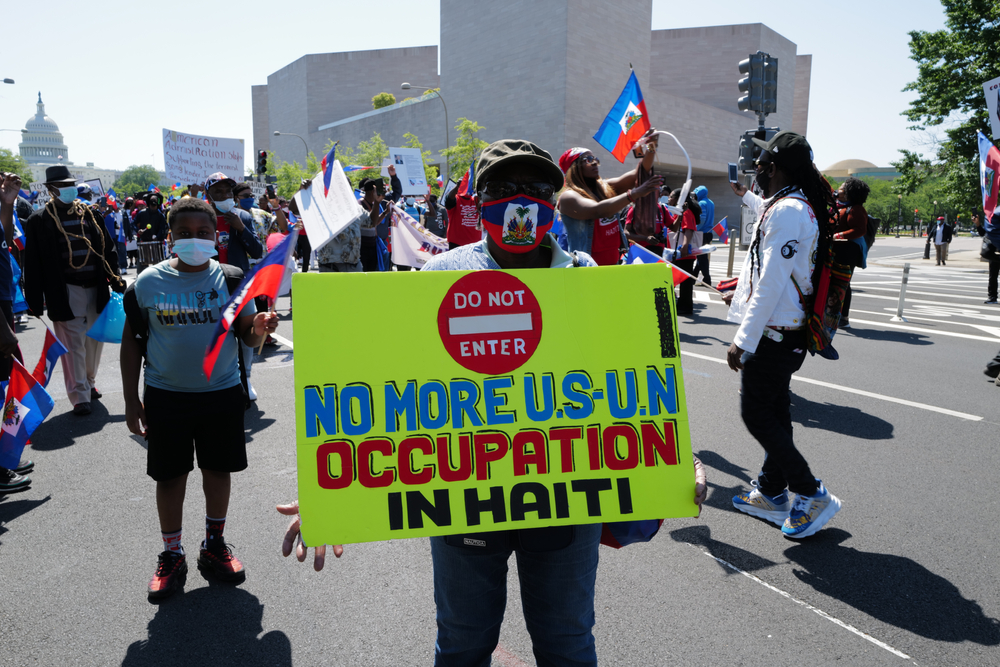
The situation is bleak in Haiti today, and the worst is likely still to come. But perhaps the answer to the crisis is not further international involvement in a nation which the international community has pillaged for more than two centuries.
Additional Reading on the History of Haiti
- Hispaniola: Yale Genocide Studies Program
- The Louisiana Purchase was Driven by a Slave Rebellion
- The US Occupation of Haiti 1915-1934
- 25 Years After ‘Operation Uphold Democracy,’ Experts Say the Oft-Forgotten U.S. Military Intervention Still Shapes Life in Haiti
If you enjoyed this article on the History of Haiti, you might also like this series from the End of History – Why Is Latin America So Dysfunctional?
